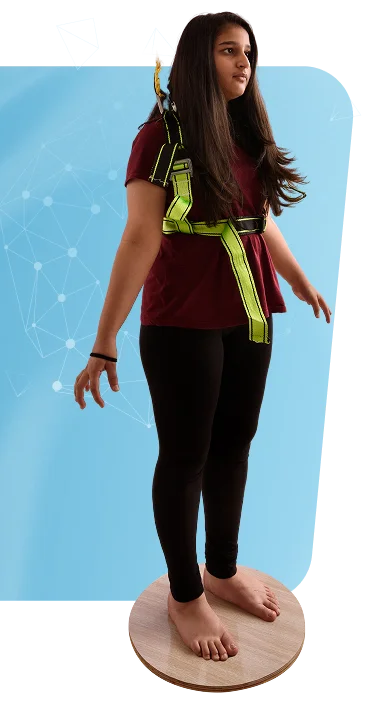Vestibular rehabilitation plays a crucial role in helping patients with vertigo and balance disorders. These exercises retrain the nervous system, helping the brain develop alternative strategies to maintain balance and stability. Research shows that starting vestibular rehabilitation early leads to better long-term results.
Our clinic combines medicine with cutting-edge technology to achieve exceptional outcomes. Recognizing the limitations of traditional methods, we’ve incorporated Virtual Reality (VR) technology to deliver highly personalized vestibular rehabilitation programs—even for patients located far away.
We wanted to go beyond the conventional approach by integrating technology. VR helps us deliver tailored rehabilitation to patients, no matter where they are.
– Dr. Anita Bhandari (The Economic Times, 27 Dec 2016)

Our clinic is one of the few in the worldview offering completely personalized rehabilitation plans based on each patient’s unique needs. These programs use a combination of:

Our rehabilitation programs are designed to:
We focus on retraining the brain to correctly process abnormal signals, helping restore balance and stability. This involves: